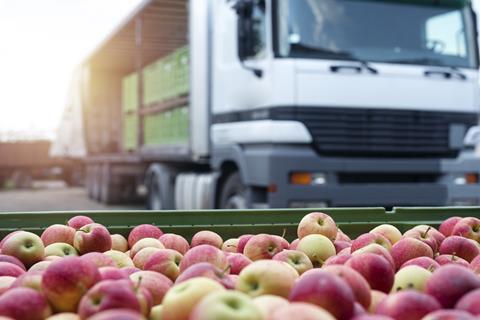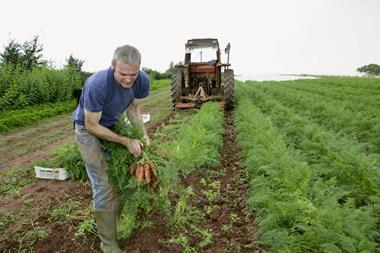
The past few years have given us insight into the real disruption that can be caused by food supply shortages, through events like the pandemic, Brexit and geopolitical instability. Public, political and academic awareness has grown of the risk of global catastrophes. And food insecurity has been identified as both a cause and consequence of many catastrophe scenarios.
The risks for the UK were highlighted in this month’s research by Professor Sarah Bridle, University of York and Professor Aled Jones, Anglia Ruskin University, contributed to by WTW. They surveyed 58 food system experts on possible routes to UK civil unrest caused by food. They found that extreme weather, likely driven by climate change, was the most likely cause for disruption in the food system.
The food system, particularly in the UK, is focused on efficiency with a reliance on seasonal labour and ‘just in time’ delivery. But it comes at a cost. It often means food supply chains are unprepared to withstand or bounce back from disruptions. When multiple disruptions occur at the same time, it could cause a crisis in total food supply or in uneven food distribution.
While extreme weather was identified as the most likely cause of disruptions, this was closely followed by trade restrictions or protectionism, transport strikes, financial crashes, pandemics, computer viruses and lack of migrant workers.
Just over 40% of the food experts surveyed believe civil unrest in the UK in the next 10 years is possible, increasing to nearly 80% of experts for a 50-year timeframe.
This highlights the importance for organisations to challenge assumptions over longer timescales. The trap is often to focus on those risks found at the top of lists or within the next business planning window, but by considering risks over extended time horizons, risk leaders can challenge resilience.
So how can we prepare for food shortages and their impact?
Governments and businesses need to think beyond single risks and solutions and instead be ready for multiple scenarios, enabling them to be reactive when the exact situation doesn’t unfold as scripted.
These are actions organisations can take now to embolden their stance and boost their preparedness for the eventuality of civil unrest:
- Review risk registers and use longer time horizons to challenge assumptions around likelihood and impacts. The link between food shortages and riots is often misunderstood.
- Consider scenario planning with executive teams, so they have ready answers to the questions of “if either scenario happened tomorrow, what would you do?”
- Ensure a global perspective when considering supply chains and business resilience. Working more closely with suppliers as partners can help companies understand their supply chains better and address these risks. Diagnostic mapping and monitoring tools and analytics can help to visualise, quantify and assess risks across the chain and in specific locations.
- Review insurance provisions to understand exactly what is and isn’t covered, and where the gaps may need addressing ahead of potential losses.
- Update business continuity plans, IT disaster recovery plans, strategies to cope with staff shortages, and any other contingency plans.
- Quantify operational factors, such as stock levels, staff deployments, supplier call-off and the like, assessing how each would be affected in the event of serious disruption.
- Ensure your crisis response structure is clear and ready to be activated at short notice.
- Communicate your readiness for disruption with customers and suppliers, articulating your plans to keep the business on the front foot, even in the event of civil unrest or other crises. This might act as a point of differentiation when compared with peers, allowing your organisation to pivot to opportunity more readily.
The likes of the pandemic, Brexit and wars have enlightened us to the reality of food distribution challenges. Having a laser focus on creating a resilient food system will help prevent any future food disruptions, and most importantly potential civil unrest.



















No comments yet